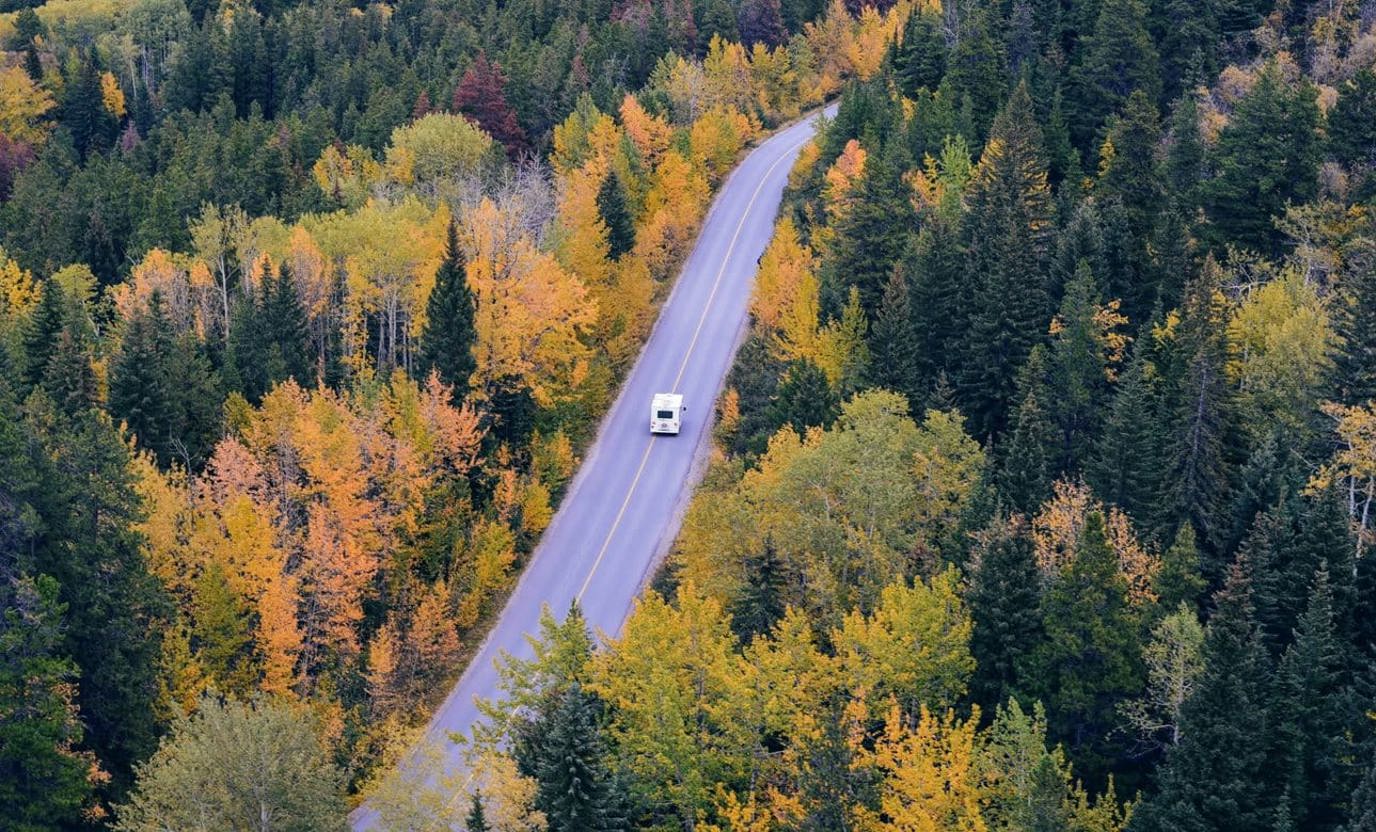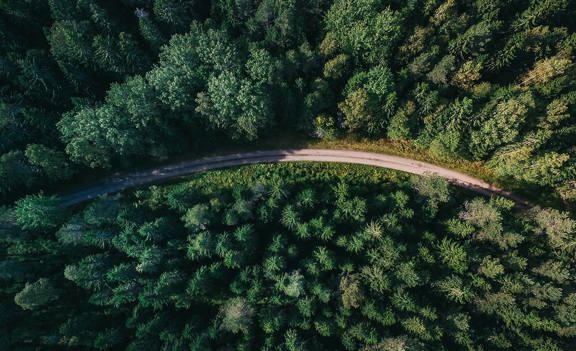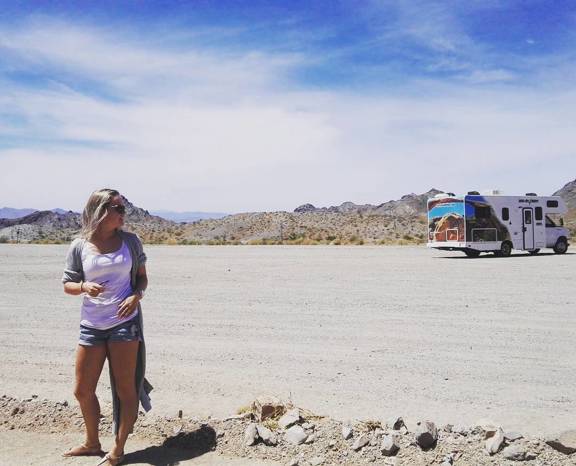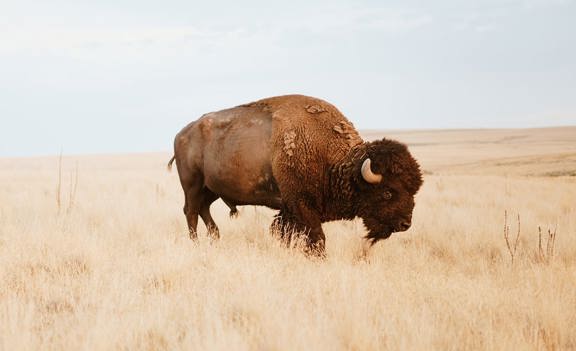
By its very nature, your RV is not a fuel-efficient vehicle. It carries hundreds of pounds of supplies, dozens of gallons of fuel, fresh water for drinking and showering, and a tank filled with your waste products. It is not a gas-friendly Honda Civic. However, there are several things you can do to ease the pain at the pump, starting with how you operate the vehicle.
How to Improve Your RV’s Gas Mileage
Fuel prices skyrocketed last year, from an average of $3.40/gallon in January to around $5/gallon six months later. While 2024 isn’t likely to have as drastic of price shocks, learning how to properly drive and maintain your RV can go a long way towards keeping your fuel budget in the black this year.
Lay Off the Gas Pedal
While you can legally drive 75 or even 80 mph on some interstate highways, keeping the cruise control set at 55-60 can drastically improve your fuel efficiency. Reducing your speed by just 10 mph can improve fuel economy by up to 14%. Consistently using cruise control also eliminates unnecessary braking and acceleration that’s inherent in driving at or above the speed limit.
Fuel Up at Every Stop
When it comes to cutting weight on your rig, one of the most overlooked loads is that of the fuel. However, a full tank can weigh over 500 pounds, unnecessarily dragging down your fuel economy. The solution: fuel up whenever it’s convenient rather than when the gauge approaches empty. The extra stops are a great time to stretch your legs, which is also good for your health.
Check Your Tire Pressure
Underinflated and overinflated tires are incredibly dangerous, especially when you’re talking about a 20,000-pound vehicle. Your tire needn’t be extremely over or underinflated to cause problems, though there’s a 1% drop in fuel efficiency for every 5 psi below the manufacturer’s recommended tire pressure. Over thousands of miles, that extra 1% can be detrimental to your budget.
Clean Out Your Rig
No one likes a messy RV, but clutter harms more than just the aesthetics of your RV. Every pound adds up, whether it’s heavy furniture, redundant cookware, or a video game console that never gets used. One of the best ways to lower your weight and fuel consumption is to do a little spring cleaning every season. Look at every item, consider its usefulness during your RV adventures, and whether there’s a lightweight alternative to it.
Don’t Skip Preventative Maintenance
As any RV owner can tell you, there are a thousand things that can go wrong with the vehicle, and every fix is expensive. The best way to avoid those pricey mishaps is with a little preventative maintenance: regular oil changes, replacing air and fuel filters, and greasing your wheel bearings as needed.
Not only will this cut down on repair costs, but it’ll also save you money on fuel too. Any little bit of friction translates into lower fuel efficiency that can add up to several gallons of gas over a long road trip.
How to Find the Cheapest Gas
How much effort will you expend just to save a few pennies on every gallon? Is it worth running your tank nearly empty just to find out if the next town will sell it to you a little bit cheaper? Will you drive ten minutes off the highway for the chance to save a little more? Fortunately, the art of finding the cheapest gallon is now more science than art.
Use Gas Apps to Find the Best Price
Fuel is a commodity, and most of us don’t care which brand we buy — gas is gas. So you’d be forgiven for assuming that the price wouldn’t vary significantly from station to station. Most stations make a pittance off their fuel sales, and some sell it at near wholesale cost, hoping you’ll come inside to buy higher-margin products like candy, chips, and beer.
Smaller, independent stations usually have higher fuel prices since they can’t compete on such low margins. Fuel centers near the interstate are more likely to raise their prices simply due to their prime location — they know you won’t detour very far from the highway.
Buy Fuel With Cash
You may have noticed that many of the larger gas stations, particularly truck stops near the interstate, advertise two different prices for the same grade of fuel. If you pay in cash, the cost is ten cents per gallon cheaper, or around 3-4% of the total cost. Ostensibly, this increase is needed to cover the processing fees associated with most credit cards.
While most people pay at the pump using a card, it’s possible to reap significant savings by walking inside and paying with cash. Though you’ll need to plan ahead since getting cash at an ATM usually involves fees that are even higher than the credit card upcharge.
Take Advantage of Rewards Programs
A little brand loyalty goes a long way toward saving you money on fuel. Many grocery stores have partnered with gas stations to give discounts of up to ten cents per gallon (Kroger partners with Shell, Albertsons, and Safeway have partnered with Chevron and Texaco, and so on). Most of these programs are free, and you’ve probably joined some of them already to get discounts on your groceries. All you need to do is put in your member number at the pump.
With all this said, by following these tips, you can save at the pump during your next road trip.
Hit the Road With Cruise America
Cruise America offers a variety of RV rentals to fit your road trip needs. With convenient pickup locations across the country, you’re sure to have one near you. Contact us today and set up your RV rental!





